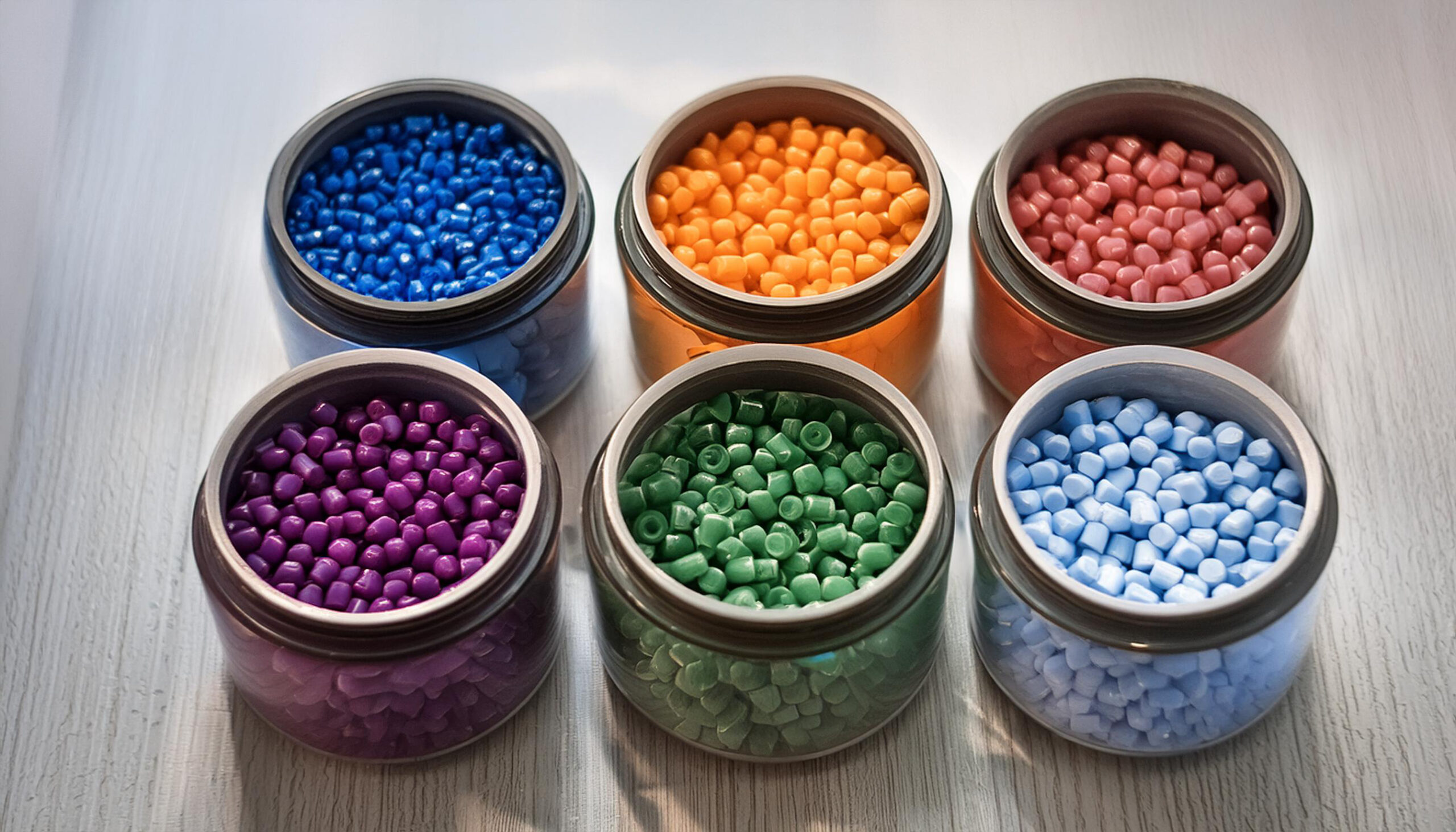
Color Masterbatches
Coloring the appropriate polymer
As a product developer, choosing the right color for your product is often as important as its functional properties. Color masterbatches offer a range of options for providing your products with vibrant, consistent colors while meeting regulations and costs. In this blog, we discuss the crucial aspects of polymer coloring, from material performance to color matching, and from color sampling to accurate color measurement and documentation.
1. Material performance combined with color feasibility
Material performance of polymers goes hand in hand with color feasibility. Aesthetic requirements play a crucial role in product design. Different pigments can affect color feasibility in conjunction with applicability. Inorganic pigments, offer excellent thermal resistance and UV resistance. Pigments are selected on cost which can also determine color and opacity. It is essential to strike a balance between the desired color and the performance requirements of the final product, taking into account the cost and environmental impact of the chosen pigments. By carefully choosing between different pigments, designers can ensure both the aesthetic and functional requirements of their products.
"It is essential to strike a balance between the desired color and the performance requirements of the final product."
2. Coloring of polymers & color matching
Coloring polymers requires precise color matching. We match color to known color systems such as PMS, RAL, NCS or an existing sample. This process begins with selecting the right pigments. Then the pigments and any additives are mixed into a recipe which is developed at lab scale. We advise in compatibility of the materials to meet the highest achievable performance that also complies with laws and regulations. By utilizing advanced technologies and expertise, we can ensure that the colors are replicated with extreme accuracy.
3. Color measurement, testing and acuracy
Accuracy in color is paramount, which is why testing and measuring color using a spectrophotometer is an indispensable part of the process. A spectrophotometer measures the amount of light reflected from the material across the visible spectrum. In addition to a spectrophotometer, we always check optically with the desired light source, usually daylight (D-65). These measurements ensure that the colors exactly match specifications, which is essential for product consistency.
4. Color sampling
Before a full production run, we injection mold color samples. These samples help assess the feasibility and aesthetics of the chosen color. It is a crucial step in the development process because it provides an opportunity to make any adjustments before large-scale production takes place. This allows you to choose the perfect color tone for your product with certainty.
5. Documentation & traceability
Maintaining detailed documentation of color formulations and production batches is crucial for traceability and quality control. By accurately documenting each batch, any color discrepancies can be quickly identified and corrected. This traceability not only helps with quality management, but also provides valuable insights for future product development and color choices.
Conclusion
Our combi and color masterbatches offer unprecedented opportunities for polymer color matching, with a focus on both aesthetic and functional performance. By paying attention to material performance, accurate color matching and documenting it, color matching is a custom made process, which includes the product developer. This process ensures not only aesthetics but also the consistency and quality of each batch produced.

